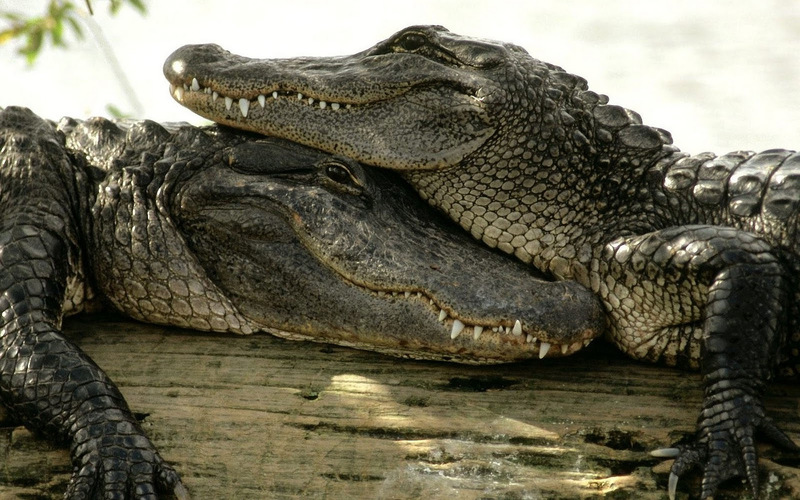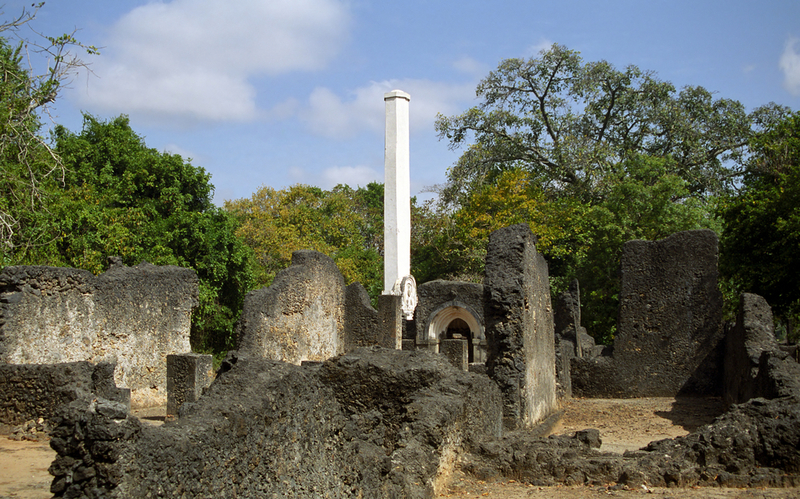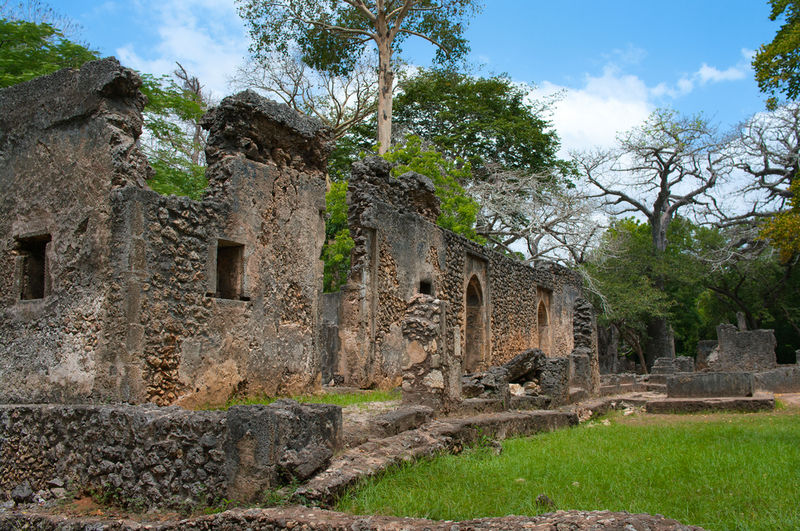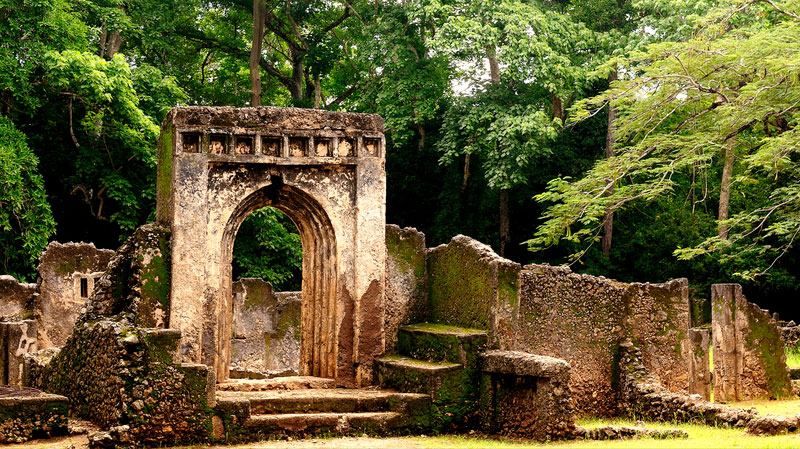- Home
- Attractions
- All Attractions
- ATTRACTIONS PROFILES
Maasai Ostrich Farm
The Ostrich Farm in Nairobi is a great place where you can get up close and personal with ostriches. The farm sits on 200 acres of land and there is a bit more to do at the Ostrich Farm than just ride an Ostrich.
-
Birding Site
-
Farm or Plantation
Mfangano Island
Mfangano Island is an oasis of tranquillity. The island is an ideal location to retreat to from the hustle and bustle of modern life. It is the largest island on Lake Victoria and home to the highest concentration of the Abasuba people, one of Kenyas smallest tribe.
-
Community Tourism
-
Lake or River
-
Lake or River
Mombasa Mamba Village
This is an awesome farm for crocodiles. Its tour starts with a movie on life cycle and behaviour of crocodiles. This is followed by a comprehensive farm walk that ends with the highlight of the day - a spectacular scene of blood-thirsty crocodiles fighting for food during feeding
-
Animal Sanctuary
Mombasa Old Town
Mombasas Old Town reflects the diversity of the Arab, Asians and local communities that have inhabited it for centuries. It possesses a tangible sense of community while carrying an aura of rejuvenation from the restoration of many of its exquisitely-designed structures. Highlights include mosques, galleries,boutiques, and the fish market.
-
Community Tourism
-
Mosque
-
Mosque
-
Temple
Mount Suswa Conservancy
This conservancy was established to halt the massive degradation of Mt Suswa ecosystem and promote sustainable use of its resources. It hosts animals like baboons, lions, leopards, spotted hyenas, civet cats, wild dogs and rock hyraxes. Tourism activities here include hiking, cave exploration, Camping and wildlife tours.
-
Wildlife Conservancy
Mt. Kenya Wildlife Conservancy
Just at the foot at Mount Kenya is another beautiful haven of wildlife, the Mount Kenya Wildlife Conservancy. Set up with the key goal of rescuing, nurturing and rehabilitating all wild creatures that need help, this conservancy’s location gives it a unique sense of appeal for mountaineering lovers and highland life. No words can well explain the experience of waking up to panoramic views of Mount Kenya. The nearby Mount Kenya Forest creates a cool resemblance of the Swiss Alps that form the Alpine region of Switzerland.
Mount Kenya Wildlife Conservancy also plays a great role of conserving one of the most beautiful antelopes in Kenya, the mountain bongo, a greatly endangered species. The professional staff at the conservancy is also involved in the rescue and rehabilitation of wild animals that have been injured. Lovers of wildlife and conservation who visit the conservancy never resist an opportunity to contribute in one way or one another to conservation effort. You could even get a chance to adopt a young animal, see it grow and develop into the wild!
Epic experiences in the wild can be created on helicopter or horse-back safaris. Adventure and sport lovers also have the opportunity to go mountaineering and hiking on neighboring Mount Kenya, golfing at the Mount Kenya Safari Club, play tennis, lawn bowling, sport fishing, fly fishing and gliding in the clear mountain streams. May seem like a dream up in the clouds, but the serenity of Mount Kenya Wildlife Conservancy will allow you achieve your wildlife dream and so much more on the side.
-
Animal Sanctuary
-
Wildlife Conservancy
Mugie Wildlife Conservancy
This conservancy main aim is to preserve and increase the population of critically endangered Grevys zebra and Jacksons Hartebeests. Through the conservation of the delicate ecosystem, the sanctuary has boosted populations of lion, oryx, elephant, giraffe, cape buffalo, eland, as well as over two hundred unique bird species.
-
Animal Sanctuary
-
Birding Site
-
Wildlife Conservancy
Nairobi Mamba Village
This is a nature paradise spreading over 30 acres and is famous for its Crocodile Farm, hosting over an estimated 70 Nile crocodiles. Maasai Ostriches can also be found strutting around and visitors often come into direct personal contact with them when given the opportunity to feed these gallant birds.
-
Animal Sanctuary
Mnarani
Mnarani is Swahili word for "place of the pillar" in reference to an engraved 13th century pillar tomb that marks the grave of a sultan. It includes one of the deepest wells found along the southern coast, and an 800-year-old baobab claimed to be the largest in Kenya.
The site was first occupied in the early 14th century but the first mosque; the Great Mosque was not built until AD 1425. Enlargements were undertaken soon thereafter, followed by major reconstruction efforts later in the 15th century following the collapse of the earlier building.
Close to the first Mosque is a smaller mosque which, prior to its construction a much similar but smaller mosque existed at its location; the foundation of its Mihrab may still be seen east of the present Mihrab. The original mosque was built around 1475, while the later mosque in about 1500; this is evident by the presence of a Portuguese dish in the cistern thus indicating that the final alterations to the mosques were probably not completed before the 16th century. Mnarani was eventually destroyed by the Galla in the early 17th century and archaeological evidence seems to confirm this.
These ruins were first gazetted in March 1929 in Gazette Notice No.170 as "Ruins of Mnarani" and later confirmed as Monuments in Gazette Notice No.457. Subsequently, they were listed first on the 15th June 1935 in Gazette Notice No.445 and then again under cap.215 of 1962 Revised Subsidiary Legislation. Thus to date they are known as Ruins of an Old Mosque in Kilifi Map sheet 198/2.
Manarani is a scenic, peaceful spot well worth a visit and makes an excellent picnic site.
-
Cultural Museum
-
Historical Museum
Malindi Museum
The building was bought from the Bohra community for 2,000 English Pounds after a longer period of occupation by the Medical Department who had used the building to serve as the Malindi Native Civil Hospital. The exact date of construction is not known but when Thomas Alfree was buying the property from the Bohra community, as discussed in his undated autobiography, even the oldest Bohra who was then more than ninety years old could not remember when it was built. We can, nonetheless suggest a date of construction perhaps the last quarter of the 19th century, a time bracket that saw these type of building style fashionable especially in the old towns of Lamu and Mombasa.
Thomas Alfree bought the house from a grant to the Marine Division of the Fisheries Department for purposes of establishing a Kenya Marine Fisheries Station in Malindi. Unfortunately, Alfree in his autobiography is silent on the date he signed the lease agreement of 99 years but definitely must have been during the first half of British Colonial period in Kenya.
After occupation by Fisheries department, the building became the office for Kenya Wildlife Services before it was handed over to the National Museums of Kenya in 1999. On 10th May 2004 the building opened its doors to the general public as Malindi Museum.
Description of the Building
The building is a charming old double - storey structure with a roof terrace covered with roof tiles and is situated along the seafront, on an excellent site, some few meters from Malindi jetty and Fish Market. It is a veranda building, a building type of the 19th century with features identical to the Malindi District Commissioner?s Building. It is rectangular measuring Ca. 12.9 x 18.7 metres and 12 meters to the highest point of the roof. The perimeter walls are ca. 65 cm thick made of plaster over lumps of coral set in lime mortar.
The building has four entrances. Two of them are on the east façade reached through a colonnade of 5 rounded pillars on square pedestal. One entrance is fitted with a Gujerati 9and the other with a Swahili carved door. The third entrance is on the northern façade at the N/W quadrant reached through a flight of a masonry stairway. It has a small trap door of the Indian type serving both the ground and the first floor of the building. The fourth entrance, exclusively for the first floor, is on the southern façade and is reached through an exterior wooden staircase, which evidently is a secondary addition to the building. The door to this entrance is simple and opens onto a balcony supported by the rounded columns covered with a roof resting on dressed wooden supports.
From the balcony, a door leads into the first floor unit through a corridor with two rooms on both side organized in such a way that they are directly opposite one another with beautifully carved Bajuni doors.
At the back of the corridor is another door opening onto the back of the first floor level where a landing to the terrace, circulation space and toilet facilities are organised. From the landing there are two staircases; one leading up to the original terrace (now the library); the second staircase leads down to the ground floor or out of the building through a side entrance organized at the N/W quadrant of the north façade, discussed as the third entrance above.
Onversely, the original plan might have divided the building into two separate units all entered through the front facade. The ground floor unit was perhaps exclusively through the Indian door which opened onto three parallel long rooms one behind the other (probably used as a shop and store); while the first floor unit was through the Swahili door opening onto a corridor of two room deep leading to a masonry staircase and up to the first floor of the building and the terrace (the residential area). If this was the situation, then the idea that the exterior wooden staircase and the two doors along the south façade being secondary addition to the building is valid.
The museum currently houses temporary exhibitions. The museum also doubles as an information centre where visitors are able to find more information on attractions and happenings in Malindi. It is all about Malindi under one roof.
-
Cultural Museum
-
Historical Museum
Jumba La Mtwane
The full name Jumba la Mtwana means in Swahili "the large house of the slave". Within this area four mosques, a tomb and four houses have survived in recognizable condition. These houses include the House of the Cylinder, The House of the Kitchen, The House of the Many Pools, which had three phases, and the Great Mosque. The inhabitants of this town were mainly Muslims as evidence by a number of ruined mosques. There are no written historical records of the town but ceramic evidence showed that the town had been built in the fourteenth century but abandoned early in the fifteenth century. The dating is based on the presence of a few shreds of early blue and white porcelain with lung-chuan celadon, and the absence of any later Chinese wares.
It is most likely the site's strategic position was selected because of the presence of fresh water, exposure to the North East and South East breezes which would keep the people cool and its safe location from external attacks by sea since it had no harbor, thus larger vessels had to anchor along way offshore, or move probably in Mtwapa creek. One can only therefore guess reasons for its eventual desertion, namely trade interruption, hostile invasion or a failure in water supply. Though there is need to pursue further research on this.
Clearance and excavation of the ruins were first carried out in 1972 by James Kirkman with a view of dating the buildings, its period of occupation and consolidating buildings which were in danger of collapse. Ten years later in 1982, Jumba la Mtwana was gazetted as a National Monument. Thus Jumba is legally protected under Antiquities and Monuments Act Chapter 215 of the Laws of Kenya.
-
Cultural Museum
-
Historical Museum
-
Mosque
-
Mosque
Gede Museum
Gede ruins are the remains of a Swahili town, typical of most towns along the East African Coast. It traces its origin in the twelfth century but was rebuilt with new town walls in the fifteenth and sixteenth centuries. This rebuilding is connected with the emigration of many citizens of Kilwa to Mombasa, Malindi and other places along the coast.
With its numerous inhabitants, the town became wealthy and it reached its peak in the fifteenth century. This enormous wealth is evidenced by the presence of numerous ruins, comprising of a conglomeration of mosques; a magnificent palace and houses all nestled in 45 acres ofprimeval forest. But in the first half of the seventeenth century the last
families left the town.
Gede's eventual abandonment to nature is believed to be as a result of a number of factors. Namely, the Wazimba raid along the East African coast in 1589. The removal of the Sheikh of Malindi and the Portuguese to Mombasa in 1593. The falling water table as shown by the deepening of the well outside the Great Mosque and finally the overhanging menace of the Galla, a hostile nomadic ethnic group from Somalia. Gede remains the first intensively studied site on the coast. It was first visited by Sir John Kirk, a British resident of Zanzibar in 1884. Over forty years later in 1927, it was gazetted as a Historical Monument. Two years later in 1929, it was declared a "protected monument" and in the late thirties, the Public Works Department carried out work on preservation of its crumbling walls. Gede was soon after the repairs in 1948 declared a National park and an Archaeologist appointed as warden. Thus, the first archaeological work at Gede began under the direction of James Kirkman followed by the first publication of the site. In 1969, Gede's administration was taken over by the Museum Trustees.
Currently the Monument is under the care of the National Museums of Kenya and in addition to being avery important archaeological site; Gede indigenous forest is a sacred site for traditional rituals and sacrifices for the surrounding community.
-
Cultural Museum
-
Historical Museum
-
Ruins
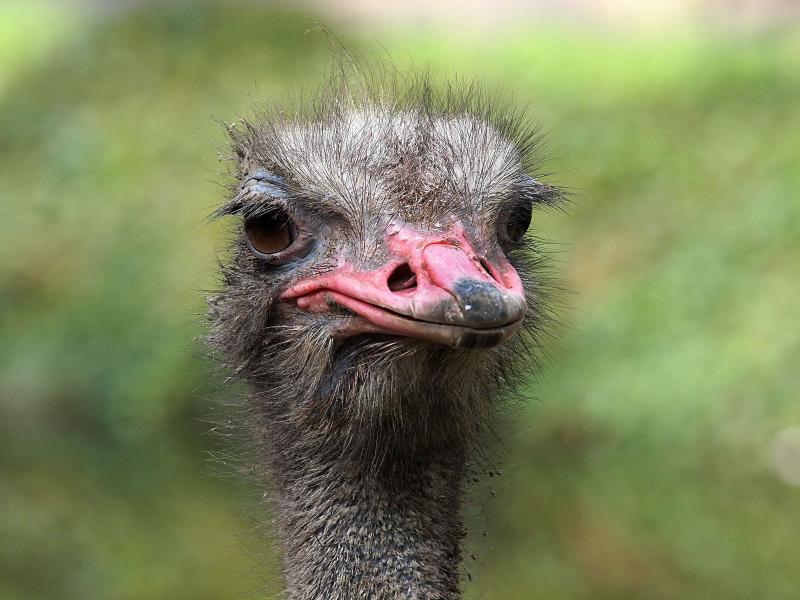

.jpg)
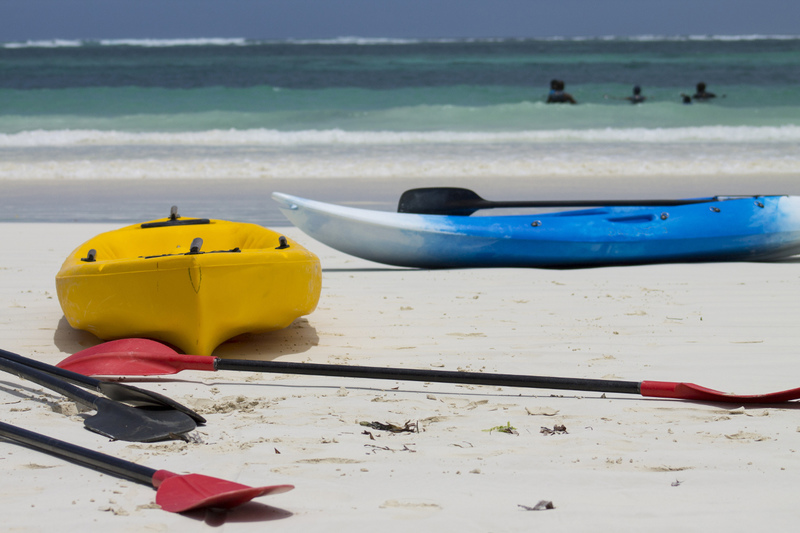
.jpg)
.png)
.jpg)
